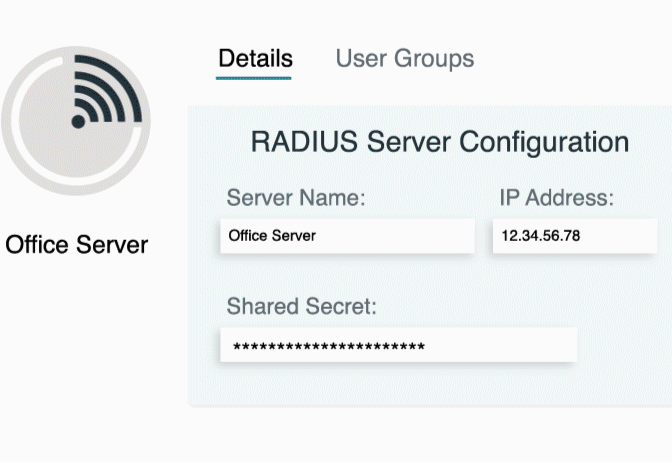Updated on March 7, 2025
Time-to-Live (TTL) is key for anyone in networking or IT. Whether troubleshooting connectivity, optimizing routing, or managing DNS, TTL helps keep networks running smoothly. This post covers what TTL is, why it matters, and how it works in networking.
What Is TTL?
Time-to-Live (TTL) is a number used in networking and caching to specify how long data, like network packets, DNS records, or cached resources, stays valid. Once the TTL expires, the data is either discarded or refreshed.
TTL helps manage data flow by preventing packets from circulating endlessly, which could cause network congestion or slow performance. In DNS and HTTP caching, it decides how long data is stored locally before checking for updates from the source.
Why Is TTL Important?
TTL is critical across multiple areas of networking and IT for the following reasons:
- Efficiency: It prevents infinite loops in packet routing, which would otherwise waste network resources.
- Optimization: By setting optimal TTL values, you can ensure that cached data remains fresh while improving system response times.
- Troubleshooting: TTL-based tools like traceroute help identify network routing paths and diagnose connectivity problems.
- Security: TTL plays a role in mitigating certain attacks, preventing malicious packets or queries from spreading unnecessarily.
How Does TTL Work?
TTL in Packet Transmission
TTL in IP networking is a value assigned to packets that controls how many “hops” they can make across routers before being discarded.
Step 1: Packet Creation
When a data packet is created, it is assigned a TTL value. This value varies based on the operating system or application—for example, Windows often sets a default TTL of 128, while Linux typically assigns 64.
Step 2: Hop Count Reduction
Each router the packet encounters reduces the TTL value by 1. This decrements the packet’s lifespan until it expires.
Step 3: Packet Expiry
If a packet’s TTL reaches zero, it is discarded, and an Internet Control Message Protocol (ICMP) “Time Exceeded” message is sent back to the origin, informing the sender of the packet’s expiration.
Example: Traceroute
The traceroute command uses TTL to map the path data packets take to their destination. It sends packets with incrementally increasing TTL values. By doing this, each “hop” to a new network device (like routers) is recorded, helping IT professionals identify routing paths and potential bottlenecks.
How Does TTL Work in DNS and Caching?
DNS TTL
DNS (Domain Name System) relies heavily on TTL to optimize and manage traffic. The TTL value in a DNS record determines how long the record is cached by DNS resolvers before querying the authoritative DNS server for updates.
- Short TTL (e.g., 300 seconds): Often used for dynamic or load-balanced services that frequently change IP addresses.
- Long TTL (e.g., 86400 seconds, or 1 day): Ideal for resources with static IP addresses, reducing DNS queries and improving performance.
Impact of DNS TTL:
- A short TTL improves responsiveness to infrastructure changes but increases DNS lookup frequency.
- A longer TTL enhances performance but delays the propagation of updates, which might result in outdated data being used temporarily.
HTTP Caching TTL
Web browsers and Content Delivery Networks (CDNs) use TTL to determine how long resources (like images, scripts, or pages) are cached before requiring revalidation from the server.
- Positive Effect: Faster page loading speeds and reduced bandwidth usage.
- Negative Effect: Cached stale content before refresh.
Typical TTL Defaults and Their Impact
Common TTL Defaults for IP Packets
Different systems use varying default TTL values. Some common examples include:
- Windows: 128
- Linux/UNIX: 64
- Cisco Routers: 255
Impact on Network Performance
- Higher TTL: Allows packets to traverse more hops but consumes more network resources.
- Lower TTL: Helps contain packet traversal to shorter routes but increases the risk of premature expiration.
Security Implications of TTL
- IP Spoofing Prevention: Short TTL values reduce the lifespan of potentially malicious packets, minimizing their impact.
- DDoS Mitigation: Analyzing TTL values can help identify amplification or spoofing attacks.
Troubleshooting and Optimizing TTL
Troubleshooting
Tools like ping and traceroute rely on TTL to diagnose connectivity issues:
- Pinpoint where packets are being dropped.
- Assess latency at various hops within a route.
- Understand how many hops a network path involves.
Optimizing TTL for Various Scenarios
- DNS: Choose shorter TTLs for dynamic records like those in scalable, load-balanced environments and longer TTLs for static or rarely changing records.
- Routing Protocols: Adjust TTL thresholds to prevent unintended packet loss in complex networks.
Key Terms Appendix
- Time-to-Live (TTL): A value that determines how long a data packet or cached record is valid before being discarded or refreshed.
- Hop: A term referring to each pass a data packet makes through a router on its way to its destination.
- ICMP Time Exceeded Message: A signal sent to inform the sender that a packet was discarded due to its TTL expiring.
- Traceroute: A tool that uses TTL to map the route packets take to their destination.
- DNS TTL: A value in DNS records that defines how long resolvers cache the record before refreshing it.
- Caching: Temporarily storing data to improve performance and reduce bandwidth consumption.






